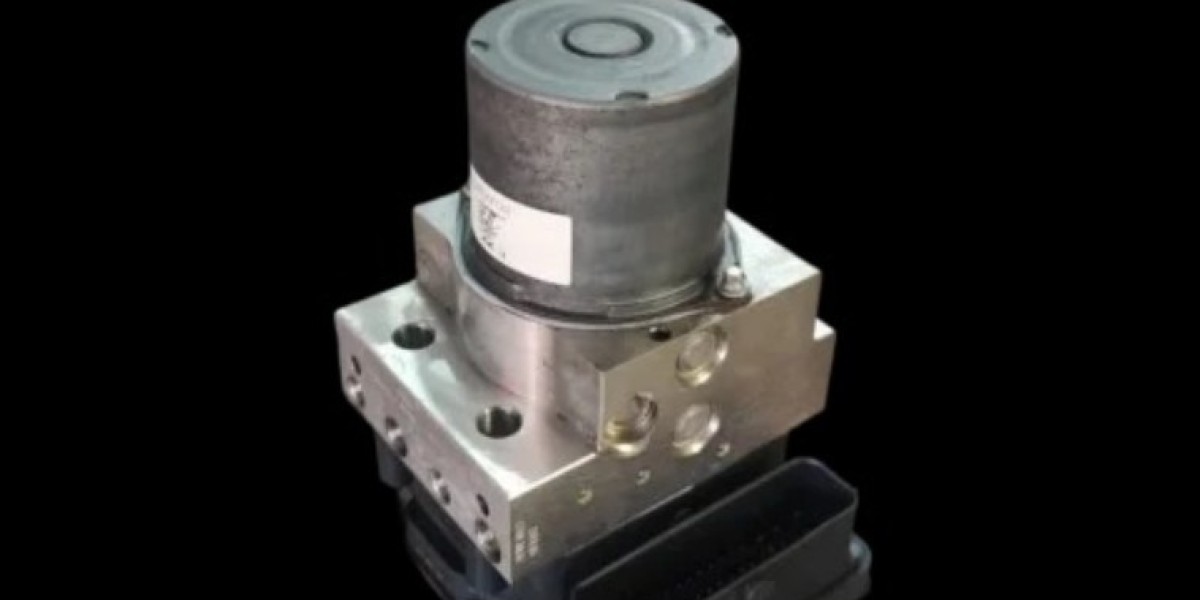This guide breaks down everything you need to know about the ABS light — from what it means, why it turns on, to what actions you should (and shouldn’t) take. Whether you're a new driver or a seasoned motorist, understanding the ABS light could make a critical difference in your vehicle’s safety.
What Is the ABS Light?
The ABS light is a warning indicator on your dashboard that stands for Anti-lock Braking System. This system prevents the wheels from locking up during sudden or hard braking, allowing you to maintain steering control and stability in emergency situations — especially on slippery surfaces.
When the ABS light turns on, it means the system has detected a fault and is partially or completely deactivated.
Is It Safe to Drive With the ABS Light On?
Yes — but only cautiously.
Your regular braking system will still work, but without the support of ABS. That means in conditions like rain, ice, or gravel roads, you’re more likely to experience wheel lock-up and skidding during emergency stops.
So while you can drive, you shouldn’t ignore it — especially if road conditions are unpredictable.
What Causes the ABS Light to Come On?
There are several common causes:
1. Faulty Wheel Speed Sensor
These sensors measure how fast each wheel is turning. If one fails, the ABS system can’t determine whether a wheel is locking up.
2. Damaged Sensor Wiring or Connectors
Wires can corrode or get damaged over time, especially near the wheel wells where road grime and salt build up.
3. Low Brake Fluid
The ABS system uses the brake fluid to function. If the fluid level drops too low, it may trigger the light.
4. Malfunctioning ABS Control Module
This electronic unit processes data from the sensors and commands the hydraulic modulator. A fault here can disable the system entirely.
5. Blown Fuse or Relay
An electrical issue, like a blown fuse or bad relay, can interrupt power to the ABS system.
6. Dirty or Damaged Tone Ring (Reluctor Ring)
This component works with the sensor to read wheel speed. If it's cracked or clogged with debris, it can send inaccurate signals.
How Do I Fix the ABS Light?
You won’t know the exact cause until the system is scanned using a diagnostic tool. Here’s what to do:
✅ Step 1: Check Brake Fluid
Open the hood and inspect your brake fluid reservoir. If it’s below the “MIN” line, refill it with the recommended brake fluid type. Low fluid may indicate worn pads or a leak.
✅ Step 2: Inspect Visible Components
Look behind each wheel for disconnected wires, damaged tone rings, or excessive buildup around sensors.
✅ Step 3: Scan the System
A scan tool that supports ABS codes can identify the specific issue. Many auto parts stores offer this service for free or a small fee.
✅ Step 4: Repair or Replace the Faulty Part
Based on the error code, a technician can repair the sensor, wire, module, or other component. If you’re a DIY mechanic, make sure you follow manufacturer guidelines.
What Happens If I Ignore the ABS Light?
If the ABS light is ignored:
- You lose emergency braking support: No anti-lock function means increased stopping distances and possible wheel lock-up.
- You’re less safe in poor road conditions: Wet or icy roads can turn dangerous quickly.
- It may fail inspection (in some regions): Some states or countries require ABS functionality for roadworthiness.
- You risk further damage: Continuing to drive with an ABS malfunction can cause additional wear on related systems.
Difference Between ABS Light and Brake Warning Light
Many people confuse the ABS light with the brake warning light (often red).
- ABS Light (amber/yellow): Related only to the anti-lock system. Your standard brakes still work.
- Brake Warning Light (red): May indicate low brake fluid, worn pads, or failure of the main braking system. Requires immediate attention.
If both lights are on, stop driving immediately and seek help — it could mean your brakes are dangerously compromised.
How Can I Prevent the ABS Light From Coming On?
Good vehicle maintenance habits reduce the likelihood of ABS issues:
- Check brake fluid monthly
- Have your brakes inspected regularly
- Clean wheel sensors during tire or brake service
- Avoid deep puddles and salt exposure, or wash your undercarriage if exposure is unavoidable
- Address warning lights early, before they lead to more serious problems
Cost to Fix the ABS Light
Repairs can range based on the cause:
- Brake fluid refill: $10–$20
- Wheel speed sensor replacement: $50–$150 per wheel
- Tone ring cleaning or replacement: $40–$100
- ABS module replacement: $300–$1,000+
Getting an early diagnosis helps reduce costs and avoid unnecessary parts replacements.
Final Thoughts: Don’t Underestimate the ABS Light
The ABS light may not cause immediate panic, but it’s far from a trivial issue. It’s your car’s way of saying, “I can’t help you stop as safely as I used to.”
Whether it’s a simple fix or a more technical repair, addressing the ABS warning light promptly means you’re keeping your braking system — and your safety — in check.
The next time your ABS light illuminates, don’t brush it off. Respond with curiosity, caution, and care — because when it comes to braking, confidence comes from knowing your system is ready to perform when it matters most.













